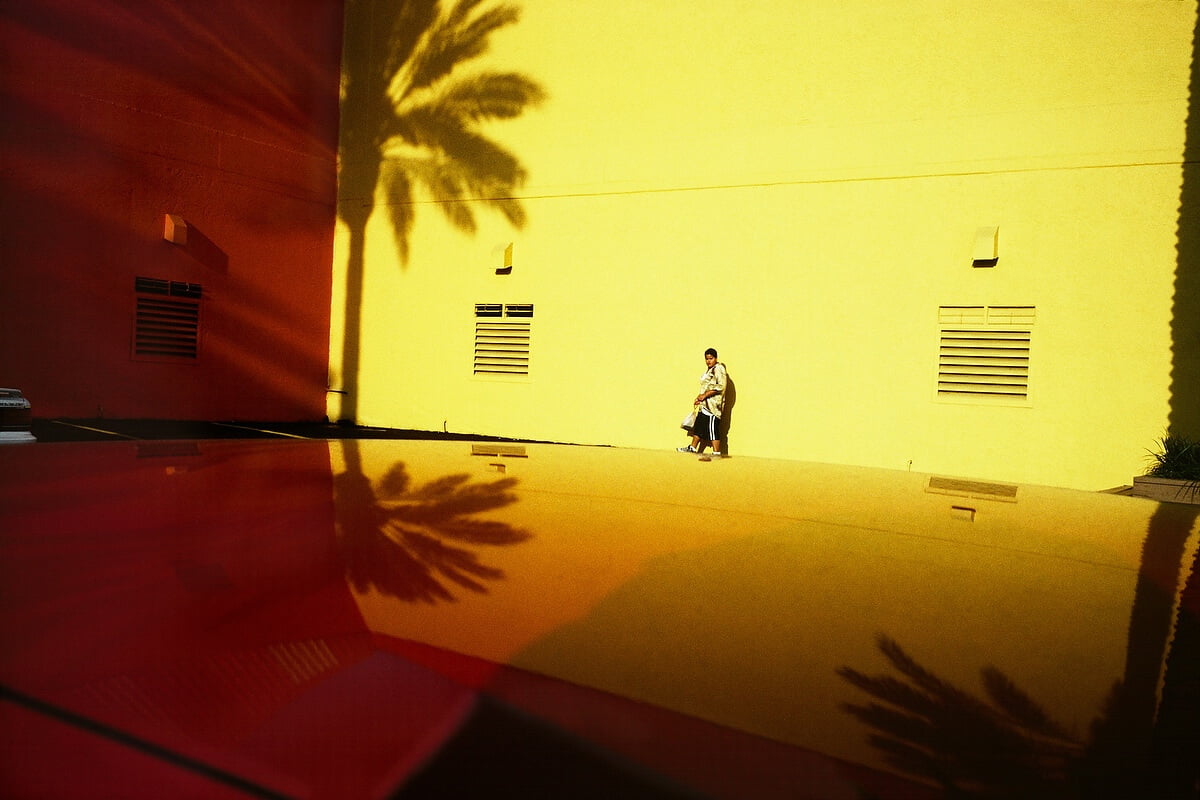INSPIRATION
Street Life 101
STREET PHOTOGRAPHY PHILOSOPHIES
Nine street photography philosophies to challenge and advance your craft
Street photography is a beautiful thing. It’s perhaps the purest and most democratic form of photography – no studio, no set brief, and open to anyone with a camera and the will to leave their living room. With such accessibility though, comes an abundance of imagery, and therefore it takes special work to transcend the expected, the tropes and the clichés. ‘Pure’, as referred to in the first sentence, should not be mistaken for ‘simple’. The best examples of the genre (and the genre being pretty broad in our view) may sometimes look effortless, but they no doubt require patience and resolve, technique, creativity and concept.
This abundance extends to articles about street photography. There are a million blogs and features showcasing street photography tips, techniques and inspiration, some more valuable than others, and so we risk treading old ground. But these nine philosophies (or informed suggestions if you prefer) are our attempt to distil some of the pieces of advice that have really resonated with us, or that we’ve discovered for ourselves along the way. Some might be second nature to you already, and other may not echo with your style or aspirations, but nonetheless we hope you find some small nuggets of inspiration among them. Happy snapping!
Banner image © Constantine Manos. See more at www.constantinemanos.com
Shoot a lot, Discard a lot
“Street photography is 99.9% about failure.” – Alex Webb
“You shoot a lot of shit and you’re bound to come up with a few good ones.” – Trent Parke
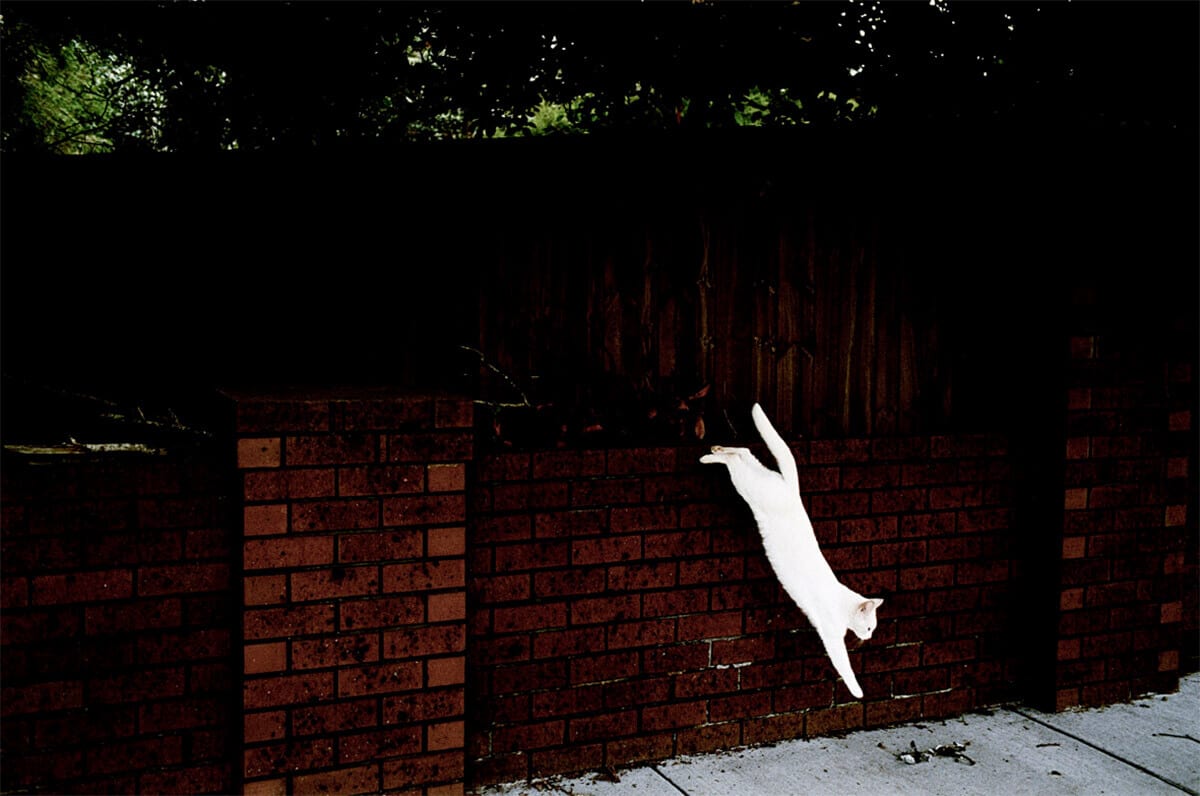
Image © Jesse Marlow. See more at www.jessemarlow.com
There are no real shortcuts – mastery takes practise, and when your work place is a dynamic, fast-moving and unpredictable environment, there’s inevitably an element of luck involved too. If you’re going to get great images, you’re going to need to take a lot of them. And a lot of images means a lot of editing. A photographic series is often judged on its weakest image, so be your own harshest critic.
Try to look at your images in a cold and object light – is the composition off? Are their niggling aspects you wish weren’t there? Does it fall short of what you wanted? Do you risk mistaking how difficult or time-consuming the image was to achieve with how effective the result is? If the answer is yes, discard it. Bruce Gilden talks about delaying this process for some time after the shoot when the bias of ‘being in the moment’ has faded, and editing as thumbnails; the idea being that compositions that really shine will do so at low resolution. Mary Ellen Mark talks about asking her husband to carry out a first edit of her work, as he won’t have the emotional attachment to certain images that she does.
The brilliant Australian street photographer Jesse Marlow, whose series ‘Don’t Just Show Them, Tell Them” took nine years and a couple of thousand rolls of film to create, talks about a hit rate of “between 5 and 10 ‘keepers’ a year”. As Alex Webb might put it, the 0.1% of images are the ones that shine.
Travel on your own Doorstep
“You have to carry your camera every day” – Bruce Davidson
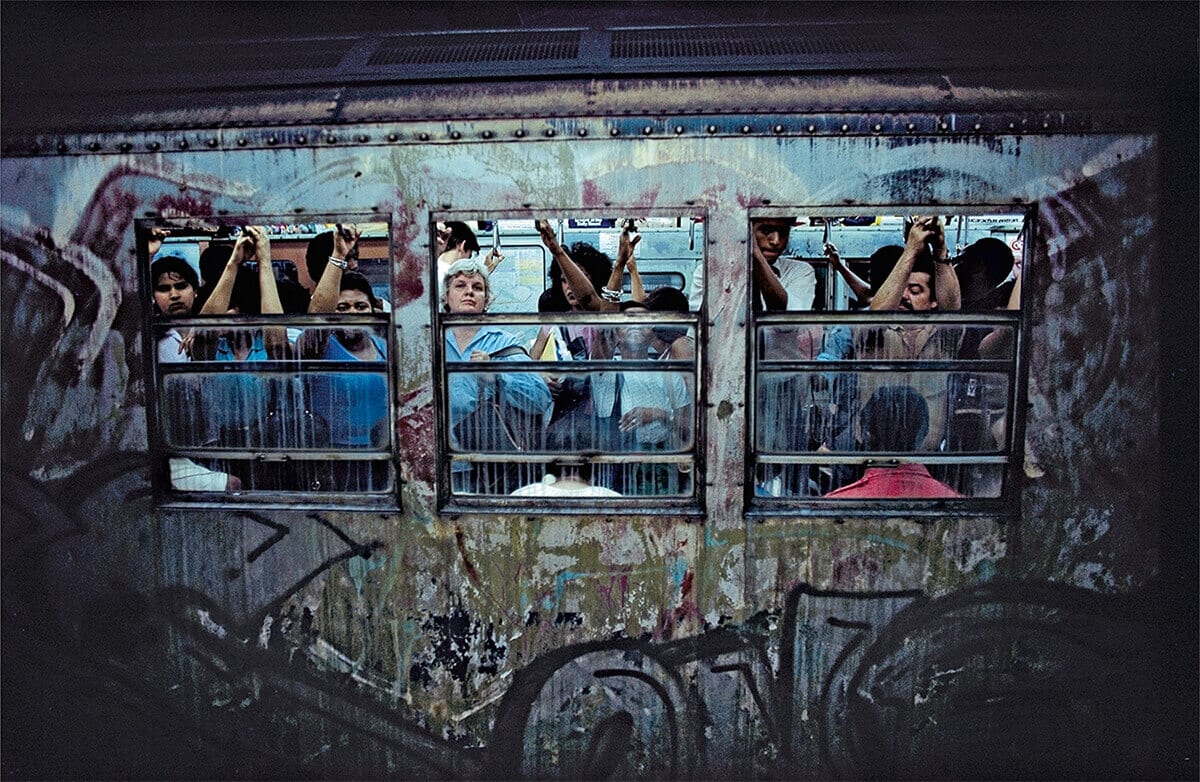
Image © Bruce Davidson. See more at www.magnumphotos.com
It’s a common pitfall to consider exotic the same thing as artistic. The problem with shooting in far-flung, unknown places – as alluring as it might seem – is that when everything is strange and new it can be harder to discern a great image; an image that’s genuinely interesting/surprising/emotive, rather than just to you in that particular moment.
This isn’t to say that you shouldn’t seek out weird and wonderful places, or take your camera with you on holiday, but a great exercise is to hone your skills on your own doorstep. If you can find magic in the familiar – the streets you walk every day – it’ll sharpen your ability to spot the same further afield. Plus it’s more accessible.
When shooting in well-known places – take New York for example, perhaps the city with the richest street photography history in the world – avoid the clichés. We don’t need more images of yellow cabs and the lights of Times Square. The reason Boogie’s images of New York are so timeless is because he avoided the well-trodden tropes, and in doing so captured the energy and vibrancy of the city. There’s as much of him in those images as there is New York.
Break down your Boundaries
“I go straight in very close to people and I do that because it’s the only way you can get the picture. You go right up to them. Even now, I don’t find it easy” – Martin Parr
“The best way to go into an unknown territory is to go in ignorant, ignorant as possible, with your mind wide open” – Dorothea Lange
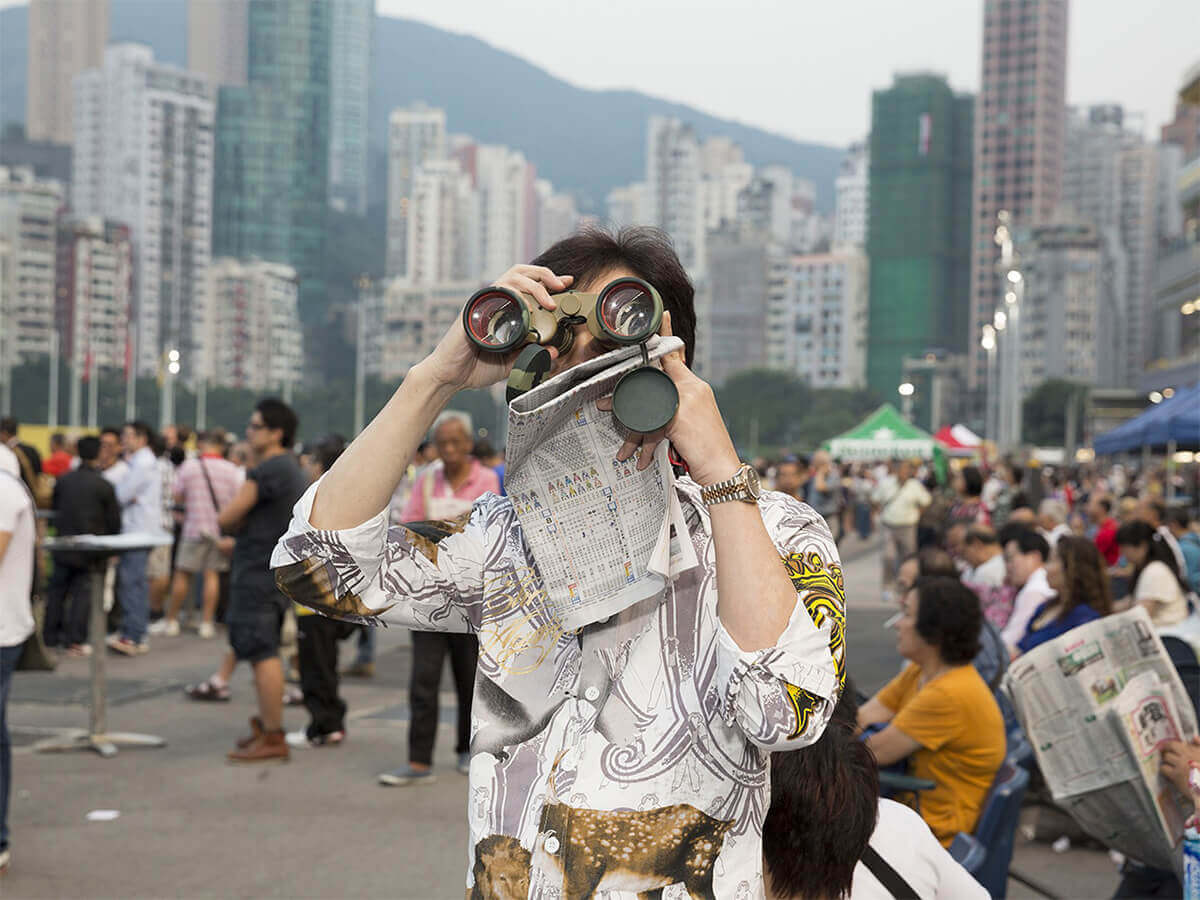
Image © Martin Parr. See more at www.martinparr.com
You can’t break through without pushing at the peripheries. Most of the best art comes from those working at the edge of their comfort zones, and so challenge yourself – that might mean getting closer to your subjects or shooting things that scare you (both well-worn pieces of street photography advice) or it might just mean challenging your working practice. If you always shoot at a certain time of day, mix it up. If you always shoot on the move, pick a spot and stick in it for longer than is comfortable. If you photograph people and always try to blend into the background, try engaging them directly. Set yourself fresh assignments, and embrace failure and set-backs. Art and boundary-pushing are synonymous.
Fill the Frame, Look for Layers
“If you start cutting or cropping a good photograph, it means death to the geometrically correct interplay of proportions. Besides, it very rarely happens that a photograph which was feebly composed can be saved by reconstruction of its composition under the darkroom’s enlarger; the integrity of vision is no longer there.” – Henri Cartier-Bresson
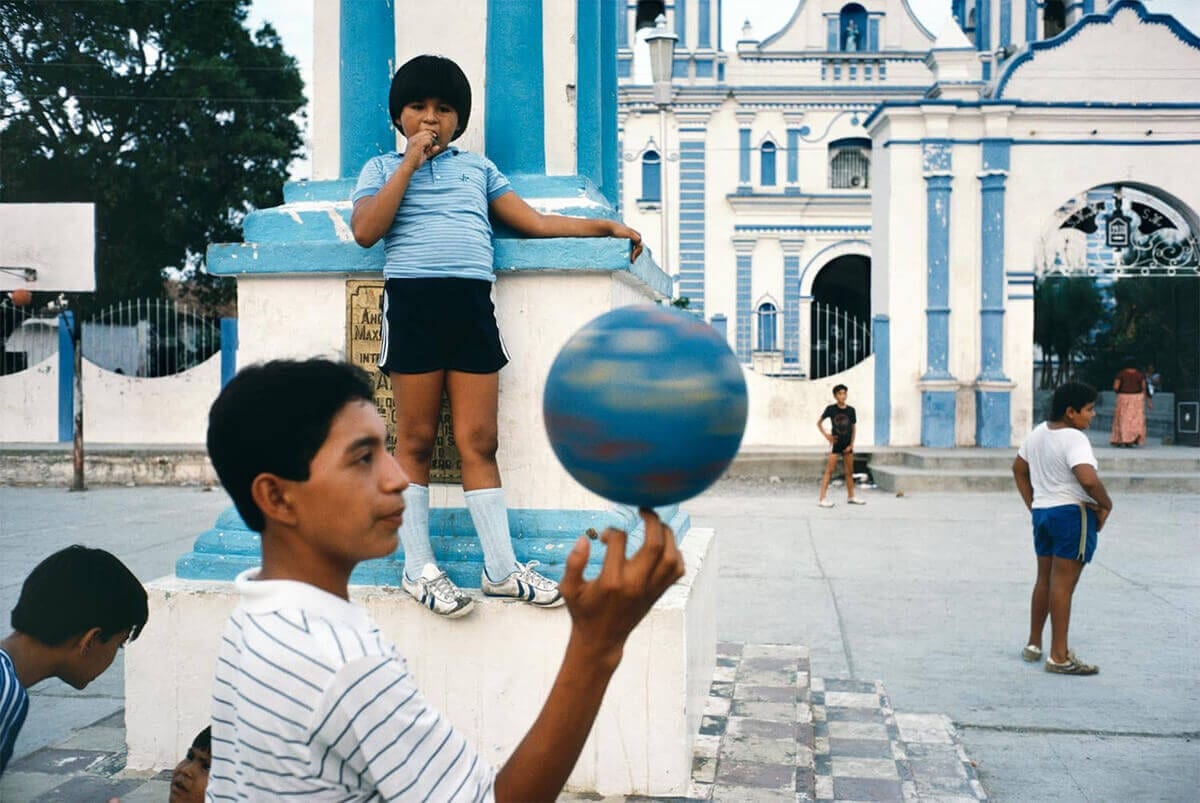
Image © Alex Webb. See more at www.webbnorriswebb.co
A common pitfall of emergent photographers is that they don’t consider the frame as a whole. They focus fully on placing their chosen subject in the frame, with little regard for what’s happening at the edges. Many otherwise great images can be tainted by a rogue element at the periphery, a nastily cropped figure, or unnecessary empty space. A great piece advice is to align your compositions from the outside in.
Interpretations of the dynamism of street life, also benefit from layers. The real world isn’t flat, and images can work wonderfully when they have life in the back, middle and foreground. Alex Webb is an absolute master of this, creating compositions that are packed with elements that fill the frame, but that sit perfectly with one another without messy overlaps. Street photography mentor Eric Kim talks about “fishing”. Likening the technique to casting a fishing rod and then waiting, he suggests finding a background scene that is just missing some foreground interest, and then patiently waiting for it to pass by. Learn to linger.
Seek the Surreal
“It is not enough to just photograph what something looks like. We need to make it into something that is unique, a surprise” – Constantine Manos
“I didn’t want copies of objects— I wanted the ephemeral connections between unrelated things to vibrate” – Joel Meyerowitz
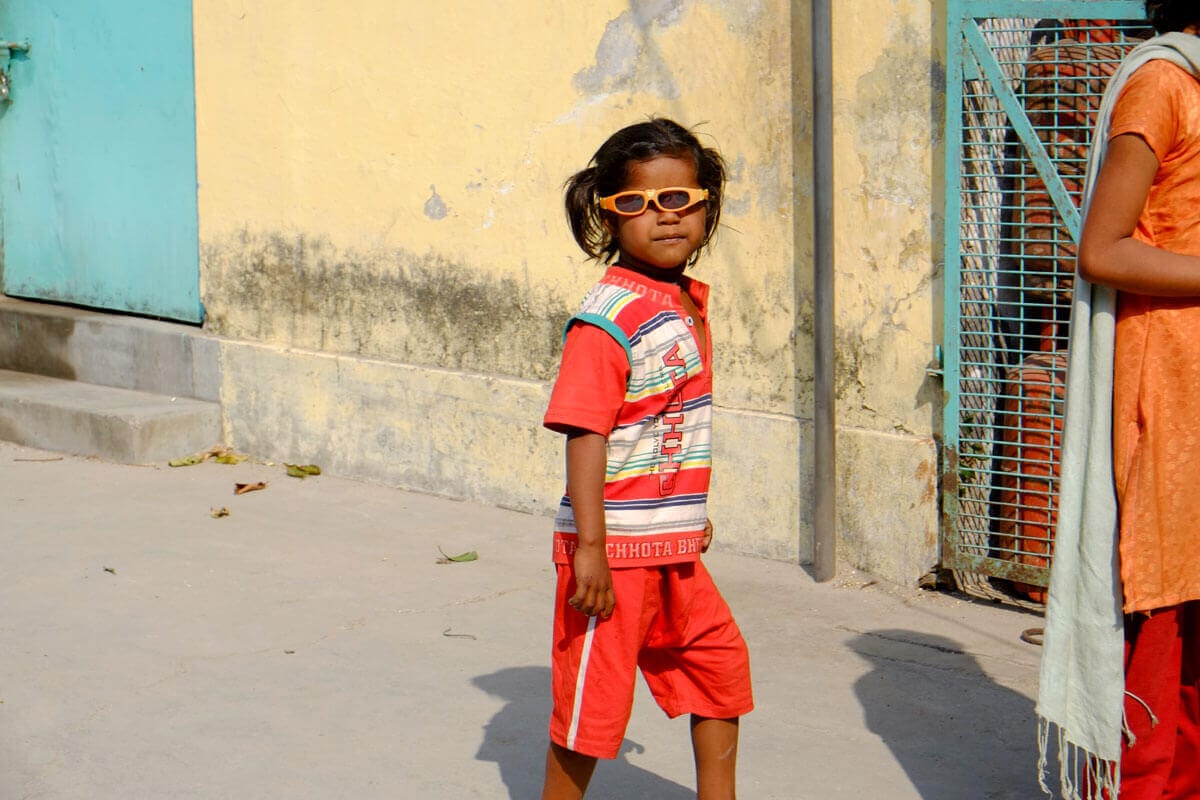
Image © Alexis Vasilikos. See more at www.alexisvasilikos.net
We’re all so familiar with ‘the street’, that it can be difficult to surprise. Nothing is worse than a boring image, and similarly little is better than one that takes an element of the familiar and turns it on its head. Photographers like Matt Stuart, Jesse Marlow and Bryan Stokely are masters of finding those wonderful sweet-spots between the mundane and the abstract – where elements momentarily align or play off each other to create something special. Trent Parke and Aji Susanto Anom play with natural light to make their scenes alien and dreamlike. Xavier Delorey and Zacharie Gaudrillot-Roy augment reality with their disarming digital curations.
Street photography is about more than just showing, it’s about interpreting, remixing, curating. To quote Marlow – “don’t just show them, tell them”.
Use your Viewfinder, but don’t Forget your Eyes
“I never shoot without using the viewfinder” – Garry Winogrand
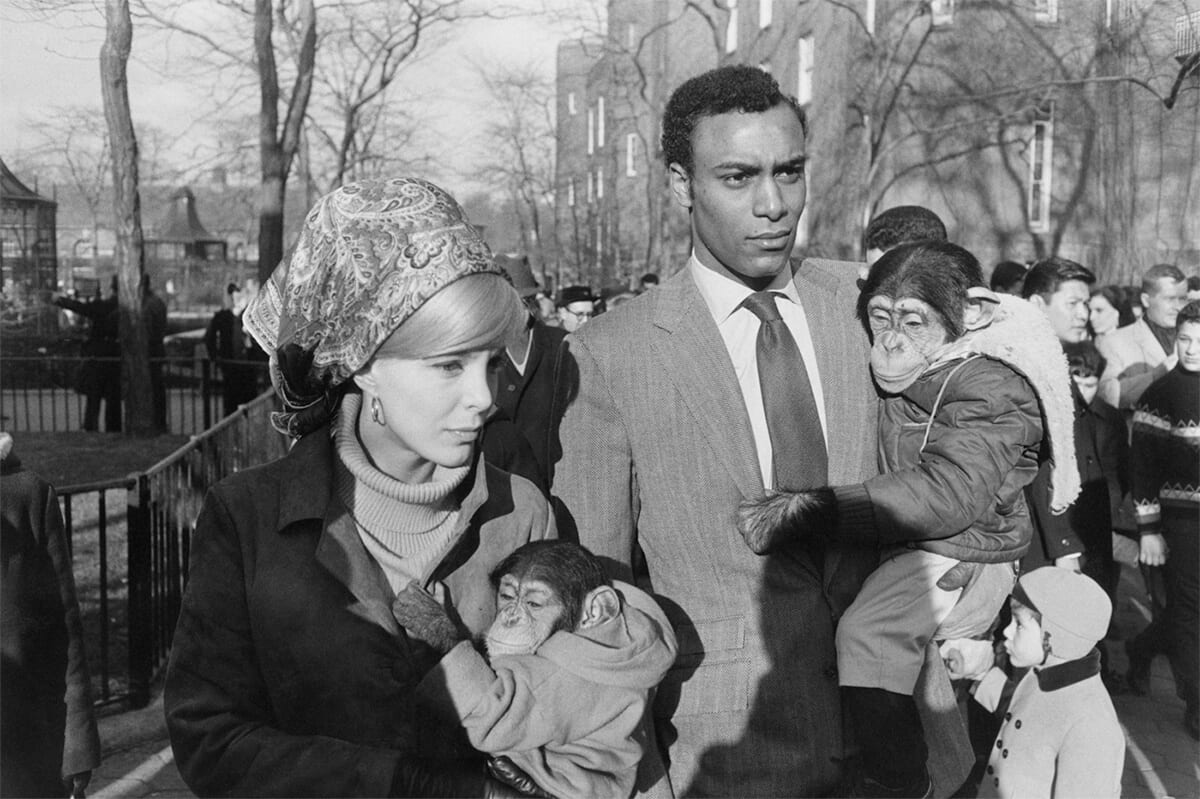
Image © Garry Winogrand
In a dynamic environment, surrounded by strangers and in search of candid moments it can be tempting to ‘shoot from the hip’ – to hold your camera low in order to snap inconspicuously. You might draw less attention to yourself, but the knock-on effect is that you lose control of your framing. Candid photography is already contingent on a lot of a luck, and if you’re not looking at what you’re photographing, your reducing the odds even further. A considered composition, even if framed hastily, will almost always make for a stronger image than something wild and uncontrolled.
There are other tricks to being covert – Martin Parr talks a lot about body language, and holding his camera in position for some time after he has clicked the shutter, in order to mimic that he’s focusing on something else – and it might not be the best approach anyway (there’s of course also an ethical dimension that we won’t go into here). Some of Bruce Davidson or Zoe Strauss’ best street portraits were taken by asking people for their permission, and in Strauss’ case she recognises and accepts that often the answer will be “no”.
But…. With all this focus on using your viewfinder, don’t forget to put the camera down and actually look. Dorothea Lange described the photographer as a professional ‘see-er’, and noticing possible images, even if you don’t take them, is fundamental. Like a sleight-of-hand magician, the skill of the street photographer is in seeing what others don’t.
Prepare to be Spontaneous
“You are not supposed to be a slave of mechanical tools, they are supposed to help you and be as small and unimportant as possible not to disturb the communication” – Anders Petersen
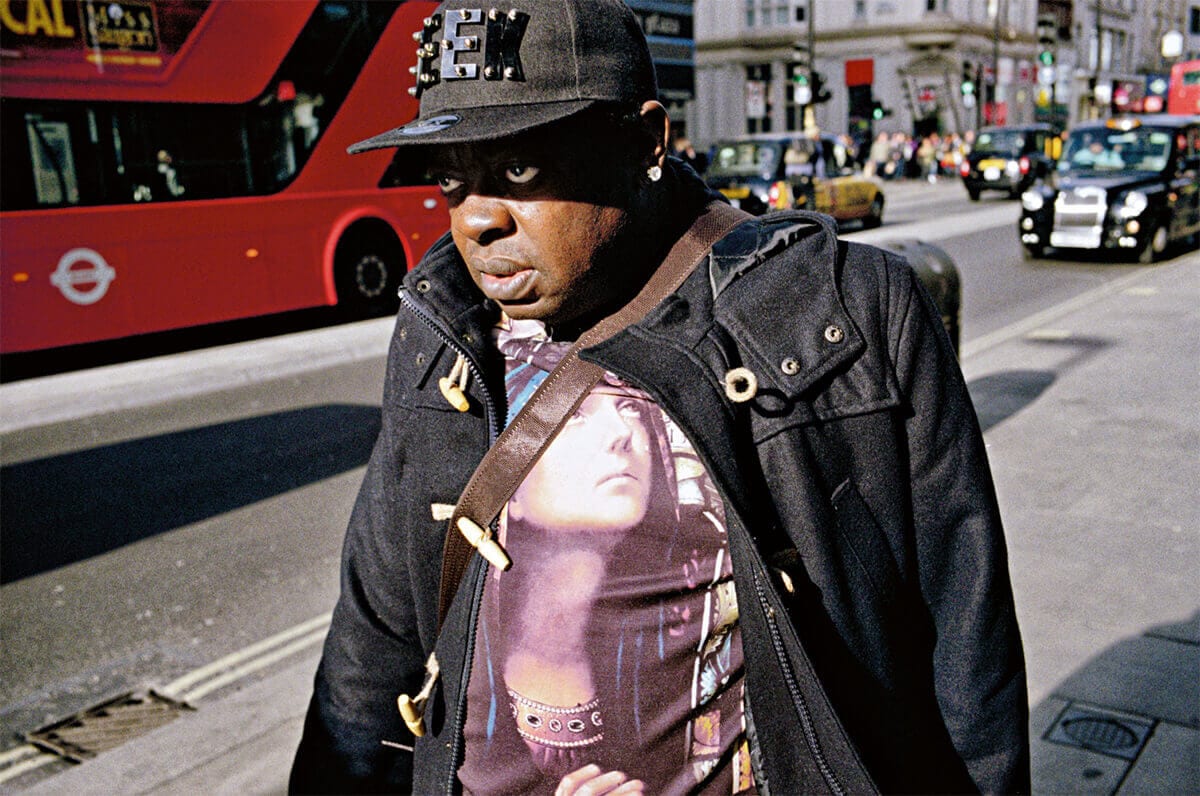
Image © Matt Stuart. See more at www.mattstuart.com
It might sound counter-intuitive, but you need to be ready to be lucky. It’s a horrible feeling to see a great photograph and miss it because you’re busy fumbling with your camera. You need to become intimately familiar with your equipment, and have it set-up for success. There are different ways of doing this of course and you’ll need to find what works for you. Matt Stuart talks about ‘hyperfocal distance’ – setting his camera up to be sharp at the depth of field he’s likely to encounter (and in fact having a couple of easily accessible settings for near and far), in order to avoid the clunkiness and inaccuracy of auto-focus.
It might also apply to your environment – stake out the scene before you shoot, for good angles or places where the light falls in interesting ways, or times when the streets fill and empty for example. Good preparation can make the end result look effortless.
Find a Narrative
“A good photograph is the expression of an idea” – Constantine Manos
“I just work and I throw the pictures in a box that says “X” or whatever, and eventually if the box gets full it merits looking at. I often work on two or three or four of those things at once. People tell me that they all look like they’ve been well thought out, and that’s because I’ve worked on them for so long” – Lee Friedlander
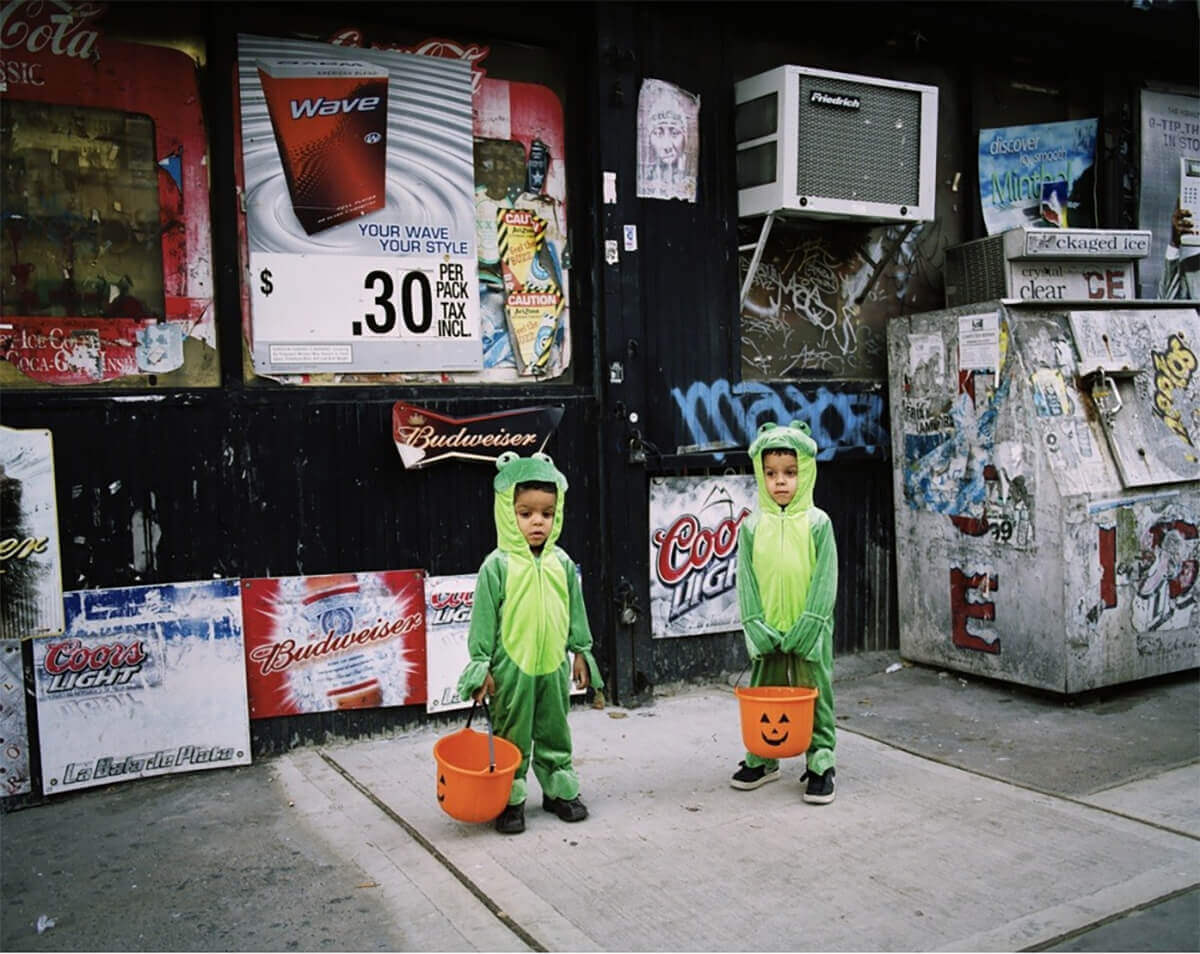
Image © Amy Stein. See more at www.amystein.com
They say the only bad reaction to art is one of indifference. Put yourself in their position and ask what impact you want your image to make, what story you want it to tell. Does it create mystery, or hint at a narrative, or shock or amuse? Does it imbue a feeling? How will the viewer connect with it and is this what you intended? If uncertain, it’s likely that your image misses the mark.
Single images are of course perfectly valid, but when assembling a body of work you might also think about what ties your images together. It might be the location, the subject matter or the technique, or it might just mean the general aesthetic and visual style. Lee Friedlander talks about grouping images and having more than one ‘project’ on the go at a time, and Bruce Davidson laments young photographers stopping too soon, before their ideas can be fully realised. A good, or series, is the expression of an idea, and it’s those images with strong ideas that linger.
Learn and Unlearn
“I was enthralled by Eggleston, as everybody was. But I knew if I was ever to make a mark, I’d have to go to places he hadn’t headed” – Joel Sternfeld
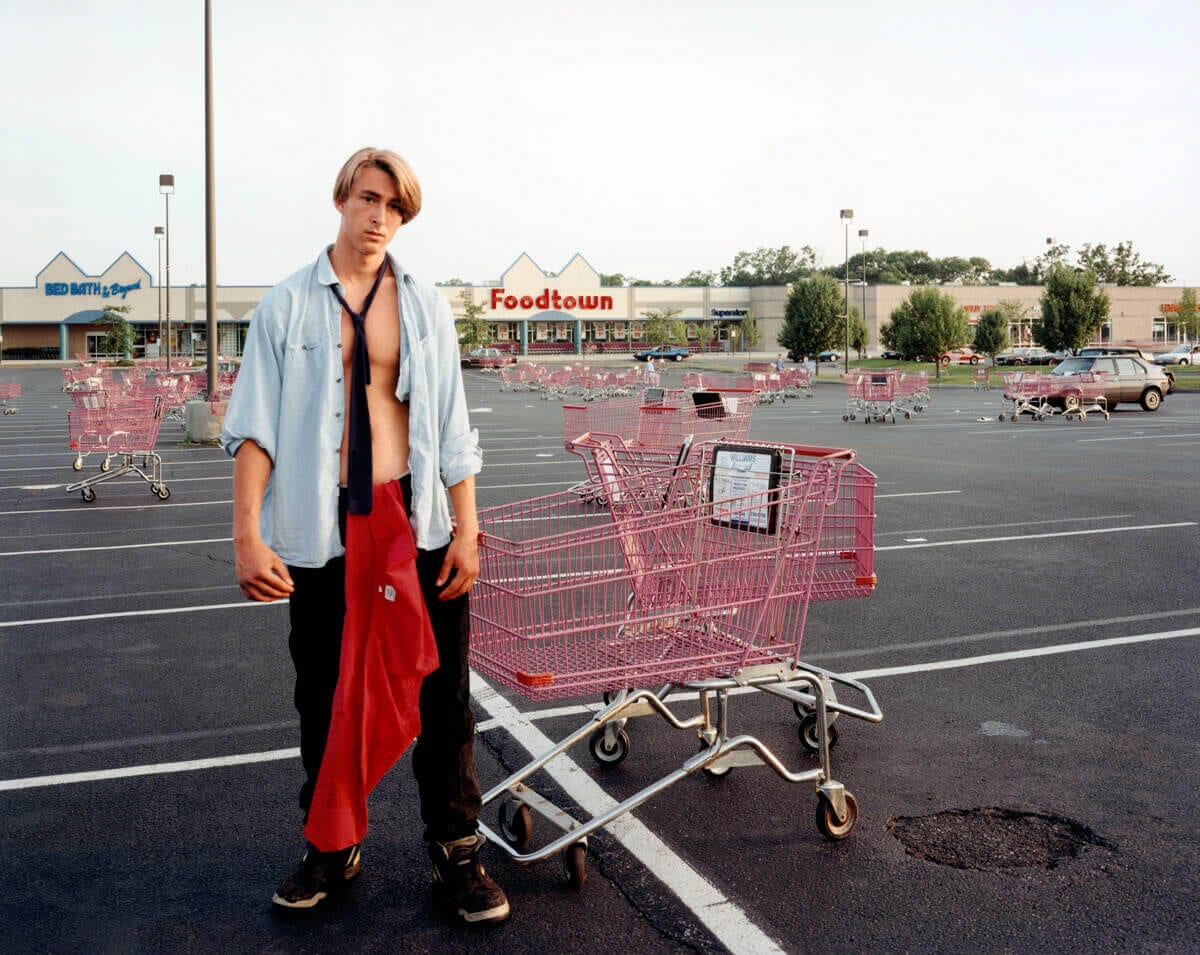
Image © Joel Sternfeld. See more at www.joelsternfeld.com
You can learn a huge amount from the masters, but if you follow them blindly your work will only ever be derivative. Breakthroughs come from following your mentors to a point, and then changing direction. You’ve got to know the rules to break them as the cliché goes, but there’s a real truth in it.
For every piece of advice above, there are 10 exemplary photographers who ignore them. Absorb yourself in the history of photography and the present-day scene, but try to walk that line between learning and forgetting. And be patient. Andre Kertesz puts it beautifully – “The photographer’s art is a continuous discovery, which requires patience and time”.
